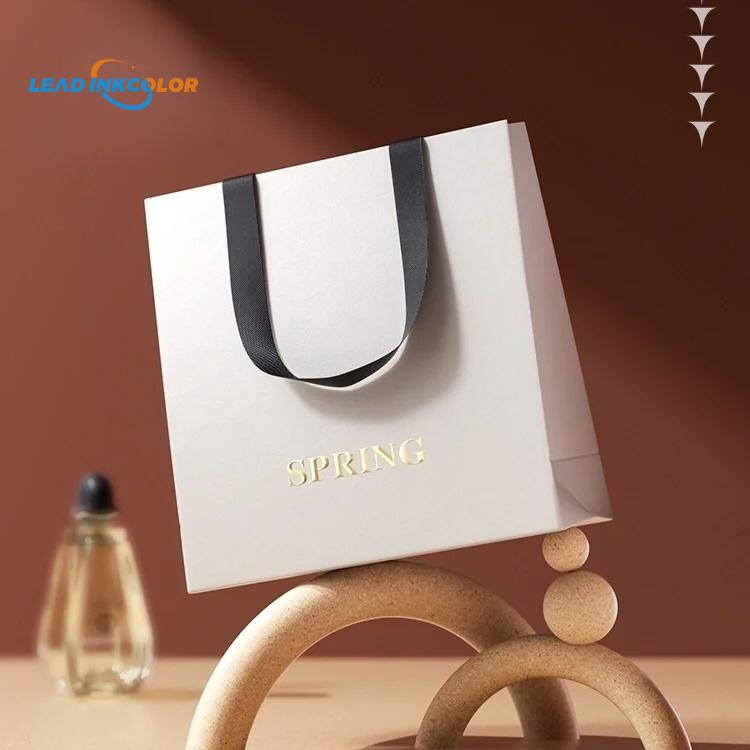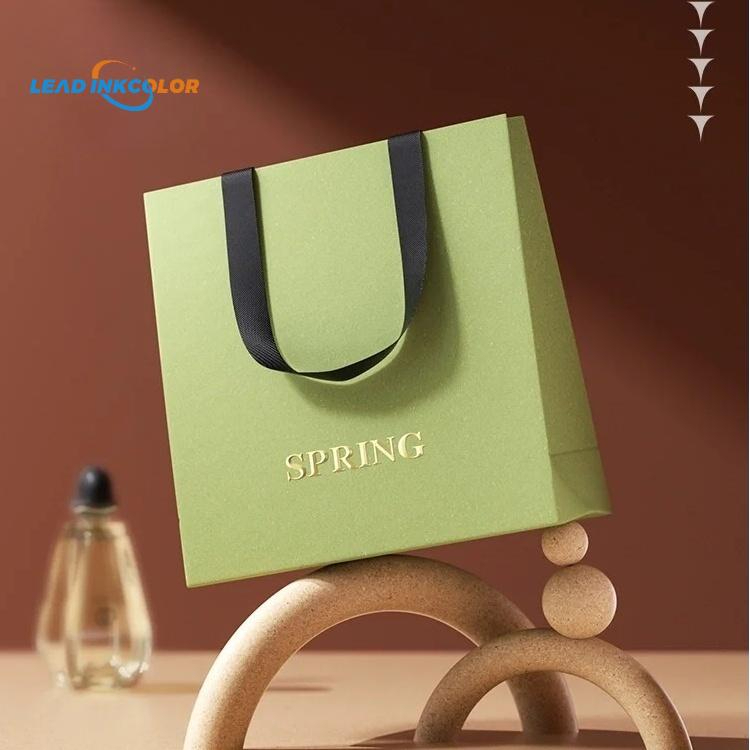As consumers become increasingly aware of the environmental impact of their purchasing decisions, the world of packaging design is facing a significant eco-challenge.
Perfume packaging, in particular, is a pressing concern, as the often luxurious and elaborate designs of perfume boxes and bottles contribute to a staggering amount of waste. According to the Environmental Protection Agency (EPA), the average American generates about 4.4 pounds of trash per day, with packaging materials accounting for a significant portion of that waste.
In response, designers are being called upon to create sustainable solutions that not only protect fragile perfume bottles but also minimize waste and reduce the environmental impact of the packaging itself.
The Problem with Traditional Packaging
Conventional perfume packaging boxes, often made from cardboard, paper, or plastic, are not only non-biodegradable but also contribute to a significant amount of waste. The production of these materials requires large quantities of water, energy, and raw materials, which can have devastating effects on the environment.
Additionally, the majority of packaging materials are not recycled, with many ending up in landfills or oceans. The Wasting and International Coral Reef Initiative estimates that up to 80% of packaging waste is not recycled, resulting in a staggering 9.2 billion tons of waste annually.
Sustainable Packaging Options
Fortunately, sustainable packaging options are becoming increasingly available, offering designers and brands a path towards more eco-friendly solutions. Some of these innovative materials include:
- Beeswax wraps (compostable and biodegradable wraps made from beeswax and cotton)
- Cellulose-based packaging (derived from plant-based cellulose, such as wood pulp)
- Recycled paper (paper made from recycled materials, such as cardboard, cartons, or old newspaper)
These eco-friendly materials not only reduce waste but also offer a unique aesthetic appeal, with many designers opting for a more minimalist and natural approach to packaging design.
Designing for Sustainability
Designers can play a crucial role in reducing the environmental impact of perfume packaging by adopting sustainable design principles. Some key strategies include:
- Simplify designs to reduce material usage
- Choose eco-friendly materials and finishes
- Opt for reusable or recyclable packaging
- Minimize color printing or use eco-friendly inks
By incorporating these design principles, designers can create perfume packaging that not only looks beautiful but also reduces waste and promotes a more sustainable future.
Conclusion
As the world of perfume packaging design shifts towards a more sustainable future, it’s clear that designer’s play a vital role in reducing waste and promoting eco-friendly practices. By adopting innovative materials, simplifying designs, and choosing eco-friendly finishes, designers can make a significant impact on the environment.
As consumers become increasingly aware of the environmental impact of their purchasing decisions, it’s crucial for designers to rise to the eco-challenge of perfume packaging box design and create solutions that not only protect the perfume but also protect the planet.







